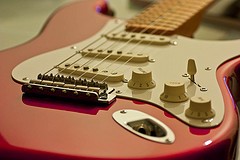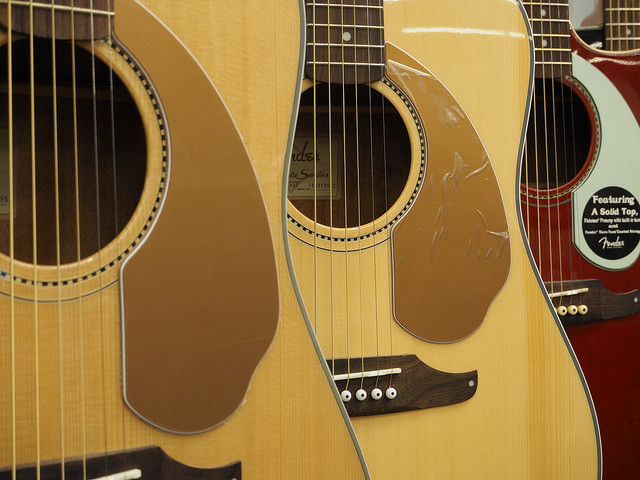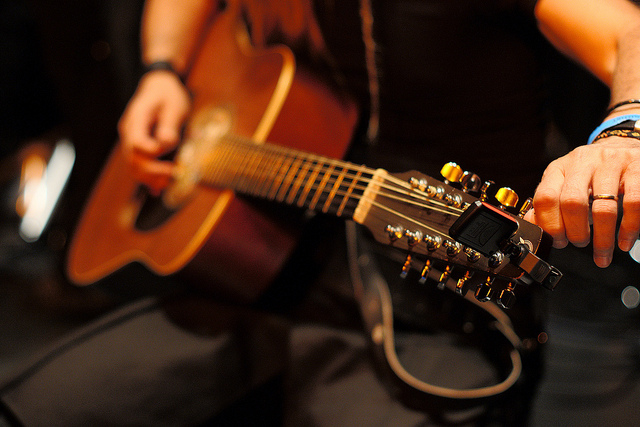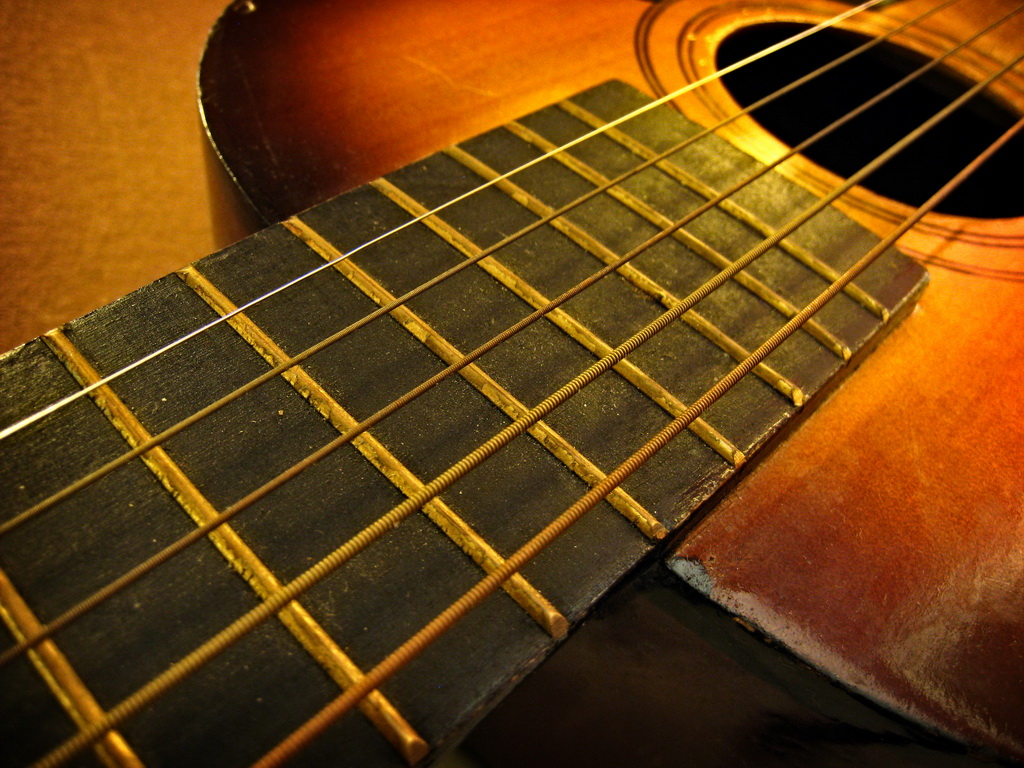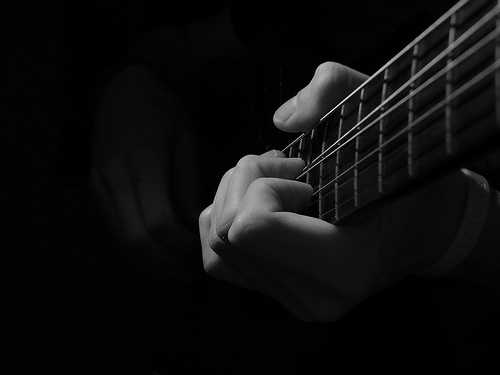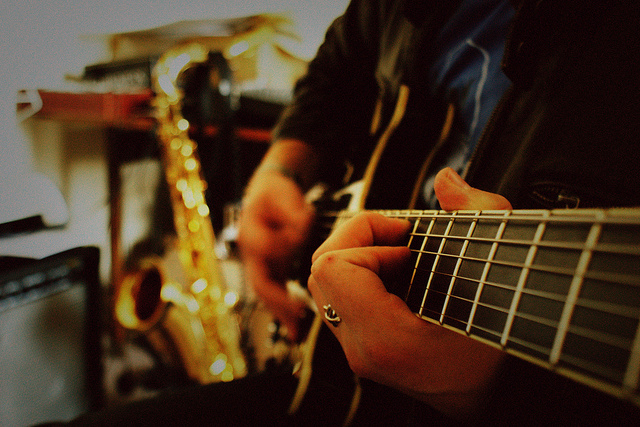Guitar theory isn’t the most enjoyable part of playing the guitar, but if you want to enhance your skills and take your playing to the next level, you need to learn the basics.
Guitar modes can seem especially tricky, and in truth, they are quite a tough concept to understand. But like with all guitar techniques and theory parts, with some practice you’ll master this aspect as well!
Here’s a quick introduction to the basic concepts you need to understand in order to learn guitar modes.
Image courtesy of Henry Sōderlund, CC BY 2.0, via Flickr.
What Are Guitar Modes?
Essentially guitar modes are the same as the major scale, but with a unique tonal centre.
This means that the modes have the same notes as major scale. Instead of playing the notes over the root, like with major scale, you play it over a chord.
For example, playing a G note in major scale over an A minor chord means you are playing the A Dorian mode.
The Terms to Understand
You’ll encounter a few key terms as you delve in to guitar modes. The key ones will be:
Diatonic Chord Sequence
The explanation for the chords found in a specific key.
Tonal Centre
Tonal centre is the foundation of the harmony. It typically states the chord over which the mode is played.
Modes in Series
A series of modes shows the available modes from one major scale. For example, the C Major Scale with the modes series looks like this:
|
Mode |
I |
II |
III |
IV |
V |
VI |
VII |
I |
|
C Ionian |
C |
D |
E |
F |
G |
A |
B |
C |
|
D Dorian |
D |
E |
F |
G |
A |
B |
C |
D |
|
E Phyrigian |
E |
F |
G |
A |
B |
C |
D |
E |
|
F Lydian |
F |
G |
A |
B |
C |
D |
E |
F |
|
G Mixolydian |
G |
A |
B |
C |
D |
E |
F |
G |
|
A Aeolian |
A |
B |
C |
D |
E |
F |
G |
A |
|
B Locrian |
B |
C |
D |
E |
F |
G |
A |
B |
What Should You Know in Order to Master Guitar Modes?
As mentioned, guitar modes aren’t the easiest part of music theory to understand. In order to grasp the concept, you need to have some of the basics under control.
The most important one is naturally the major scale. If you can’t yet understand the major scale, then it might be a good idea to postpone learning guitar modes before you are comfortable with the major scale.
It is possible to start learning guitar modes, if you just know the first position of the major scale. But ideally, you want to know all five positions before venturing forwards to guitar modes.
You should have some understanding of chords as well. Since you’ll play modes over chords, not knowing what chords are about will make your life a lot more difficult!
Why Learn Guitar Modes?
The above might sound very complicated and make you feel like skipping this whole guitar mode nonsense. But you shouldn’t do that – you’ll be happier in the end if you just keep going!
You’ll understand a lot more about scales and chords, as well as their relationship, if you learn modes. It will make playing certain music genres a lot easier. For example, if you want to play jazz or modern blues, you must know guitar modes.
If you feel slightly confused by all this, you can view a few guitar video lessons and talk to other guitarists about guitar modes. It’ll take some time and a lot of practice, but the above little snippets will help you to get started!


